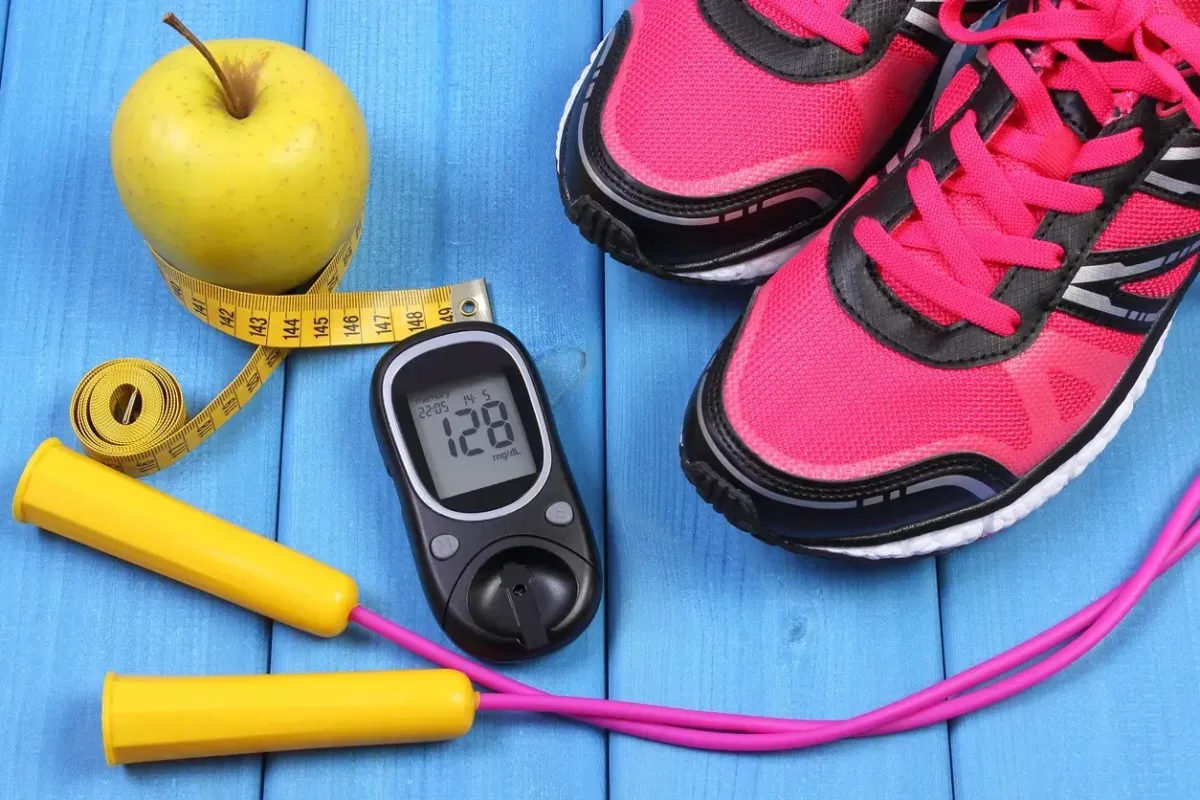
Diabetic Foot Care
If you have diabetes, taking extra good care of your feet is really important. Diabetes can sometimes make it harder for your body to heal and can also affect the feeling in your feet. This means even small problems can become serious if you don't catch them early.
Think of your feet as precious tools that help you get around every day. We need to give them the attention they deserve!
Why is Foot Care So Important for People with Diabetes?
Diabetes can affect your feet in a couple of main ways:
Nerve Damage (Neuropathy): High blood sugar over time can damage the nerves in your feet. This can make you lose feeling, so you might not notice a small cut, blister, or sore. Because you can't feel it, it can get worse without you realizing.
Poor Blood Flow (Peripheral Vascular Disease): Diabetes can also make the blood vessels in your feet and legs narrow or harden. This means your feet might not get enough blood, which they need to heal properly.
Because of these two things, even a tiny problem like a dry crack in your heel or a blister from a shoe can turn into a bigger issue, like an infection or a slow-healing wound. In very serious cases, this can even lead to the need for an amputation.
Simple Things You Can Do Every Day to Protect Your Feet:
The good news is that there are lots of easy things you can do at home to keep your feet healthy:
Check Your Feet Every Day: Make it a habit to look at the tops and bottoms of your feet, and between your toes. Use a mirror if you can't see well. Look for cuts, blisters, red spots, swelling, or any changes in your skin or nails.
Wash Your Feet Carefully: Wash your feet every day with warm (not hot!) water and unscented soap. Dry them really well, especially between your toes.
Keep Your Skin Soft: If your skin is dry, use a moisturizing cream or lotion after you wash and dry your feet. Don't put lotion between your toes, as this can keep the area too moist.
Trim Your Toenails Properly: Trim your toenails straight across and file any sharp edges. If you have trouble seeing or reaching your feet, ask someone else to help you, or see a foot care professional.
Wear Good Shoes and Socks: Always wear shoes and socks, even inside the house, to protect your feet from bumps and scrapes. Choose comfortable shoes that fit well and socks made of breathable materials like cotton or wool. Avoid tight socks that can restrict blood flow.
Feel Your Shoes Before Putting Them On: Before you put your shoes on, feel inside to make sure there are no pebbles, rough spots, or anything else that could rub or hurt your feet.
Don't Go Barefoot: Protect your feet from injury by always wearing shoes, even on the beach or by the pool.
Be Careful with Hot and Cold: Test the water temperature with your elbow before putting your feet in. Don't use heating pads or hot water bottles directly on your feet.
Keep Your Blood Sugar in Control: Working with your doctor to manage your blood sugar levels is one of the best things you can do for your overall health, including the health of your feet.
See Your Doctor or Foot Care Specialist Regularly: Even if your feet feel fine, it's important to have regular foot exams by your doctor or a foot care specialist (like a podiatrist). They can spot problems early and help you keep your feet healthy.
When to Seek Help:
Don't wait if you notice any of the following:
A cut, blister, or sore that doesn't seem to be healing.
Redness, swelling, warmth, or pus.
Pain in your feet that doesn't go away.
Changes in the color or temperature of your feet.
Ingrown toenails or fungal infections.
Your Feet Matter!
Taking a few minutes each day to care for your feet can make a big difference in preventing serious problems down the road. Make foot care a part of your daily routine. Your feet will thank you for it!
Note: This blog post provides general information. Please consult with your doctor or a foot care specialist for a personalized care plan and treatment.